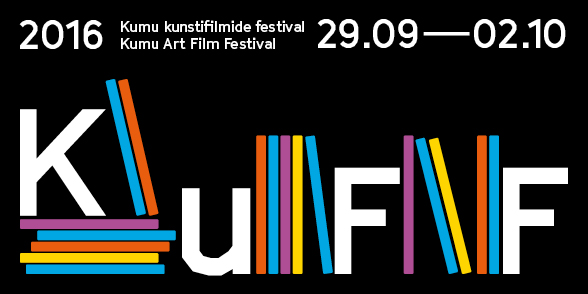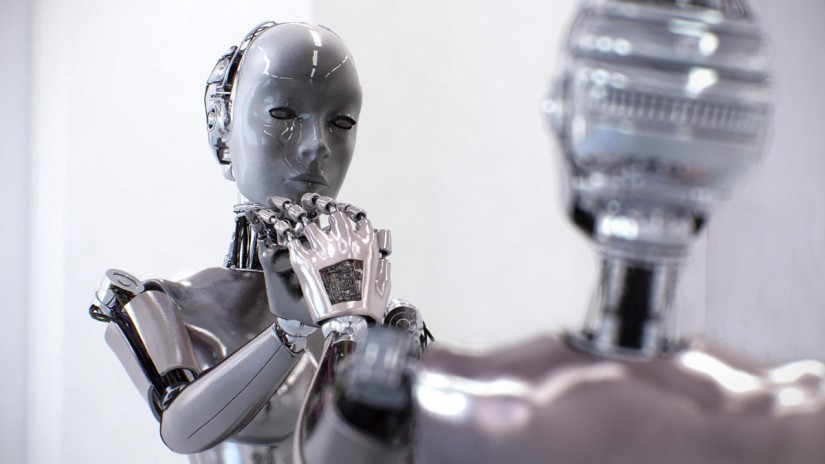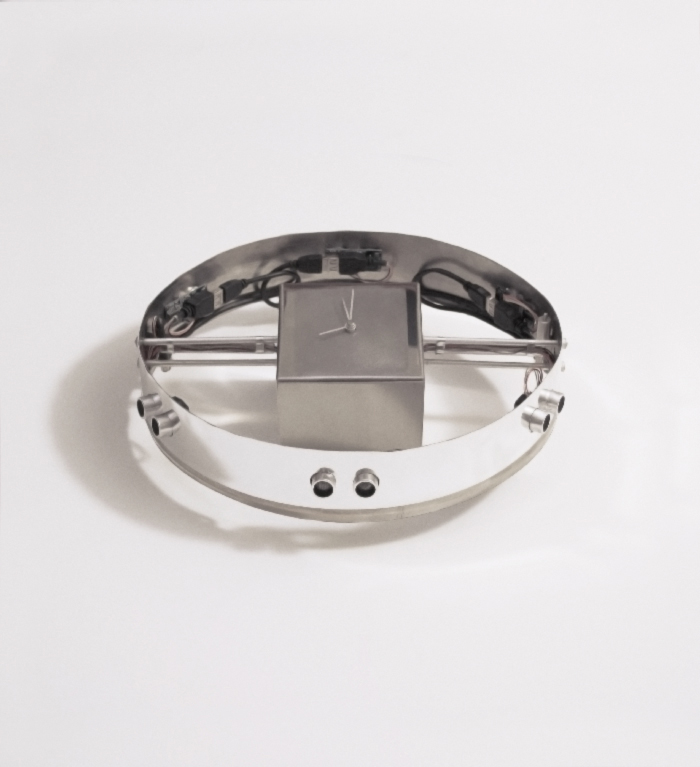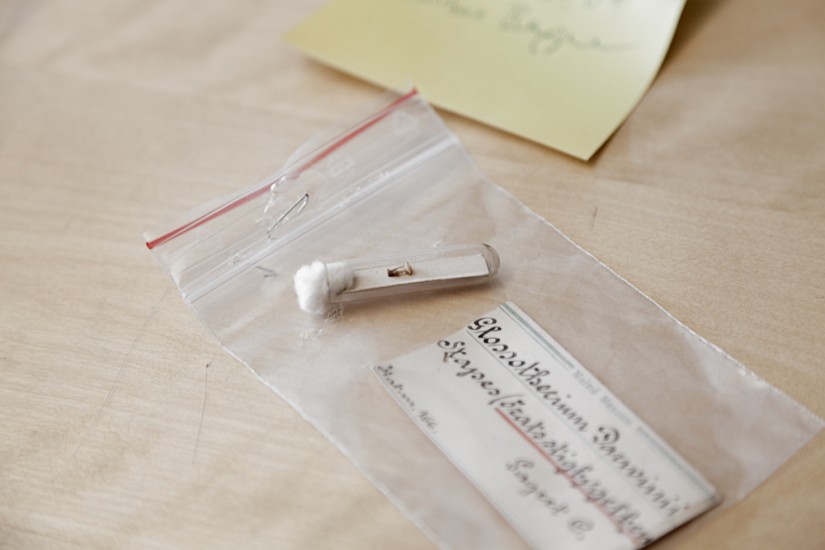Axel Straschnoy’s new short film will be screened at KUMU Art Film Festival, Tallinn, to be held from September 29 through October 2.
The Kumu Art Film Festival (KuFF) is the first and only cultural event in Estonia to focus on the relationship between film and the visual arts. During the four days of KuFF, documentary, staged and experimental art and artist films will be screened in the Kumu auditorium. The film-makers are all connected to the visual arts in one way or another, and they reveal this relationship in their films. This means focusing on the pictorial language of film and its dislocation, documenting the internal life of the art world, combining film and video art strategies, and much more.
This year, the festival will have familiar formats and thematic blocks (e.g. a focus on one author or archive) but also introduce, more consciously and directly, the relationship between art and film by exchanging the exhibition environment for the screen surface.
KuFF will also continue cooperation with the Short Film Festival Oberhausen, Fundacja ARTon and is glad to present this year two programmes from “Moving Pictures: Artists’ Films from the Film London Jarman Award” curated by the British Council and Film London.
The festival begins on Thursday, 29 September, with the opening and the first screening, and continues from Friday to Sunday.
In addition to films, the festival includes artist talks.
Straschnoy’s work will be screened on Saturday, October 1, at 18:45 in the Museum auditorium.
For more information on Axel Straschnoy please click here.
For more information on KUMU Art Film Festival please click here.




